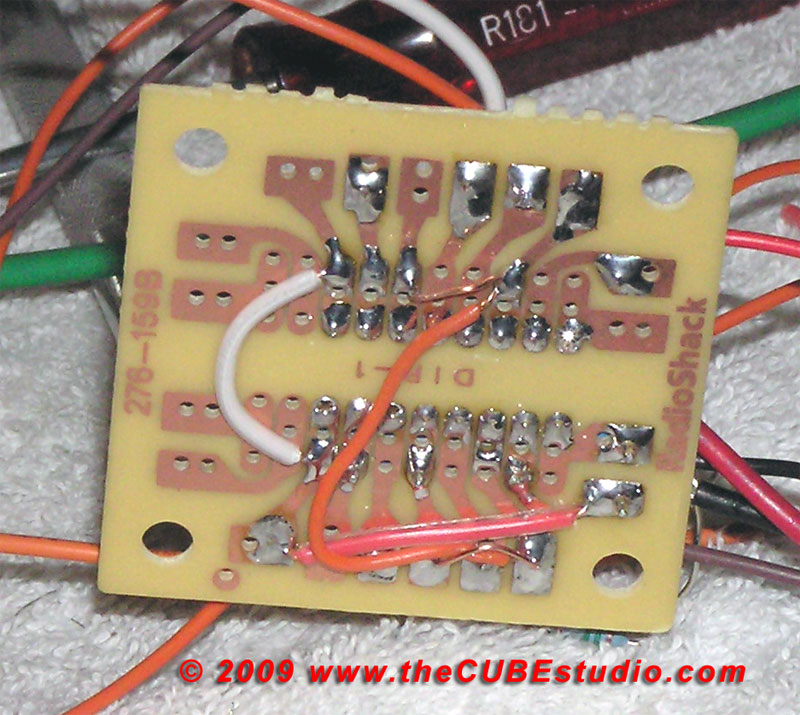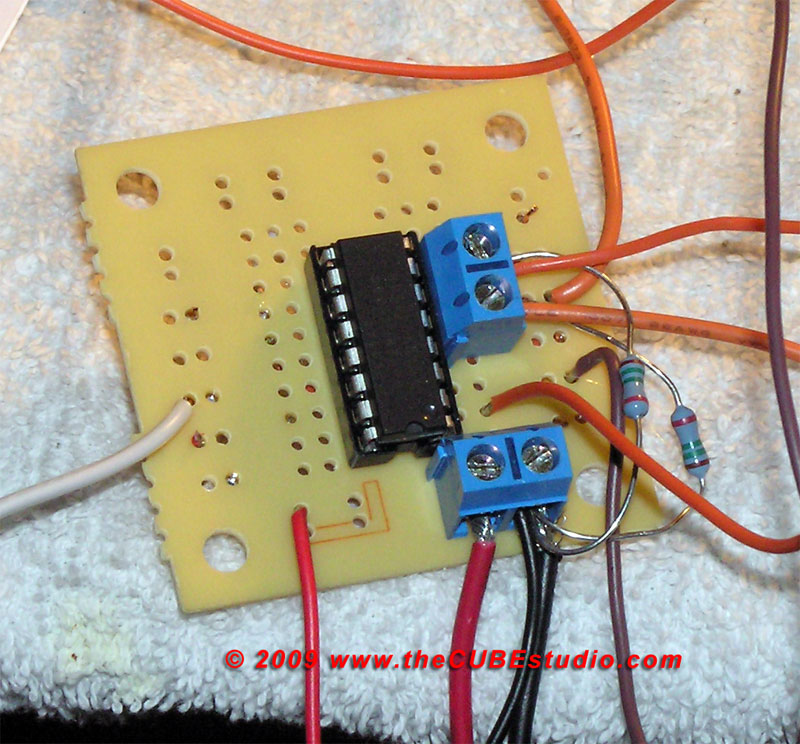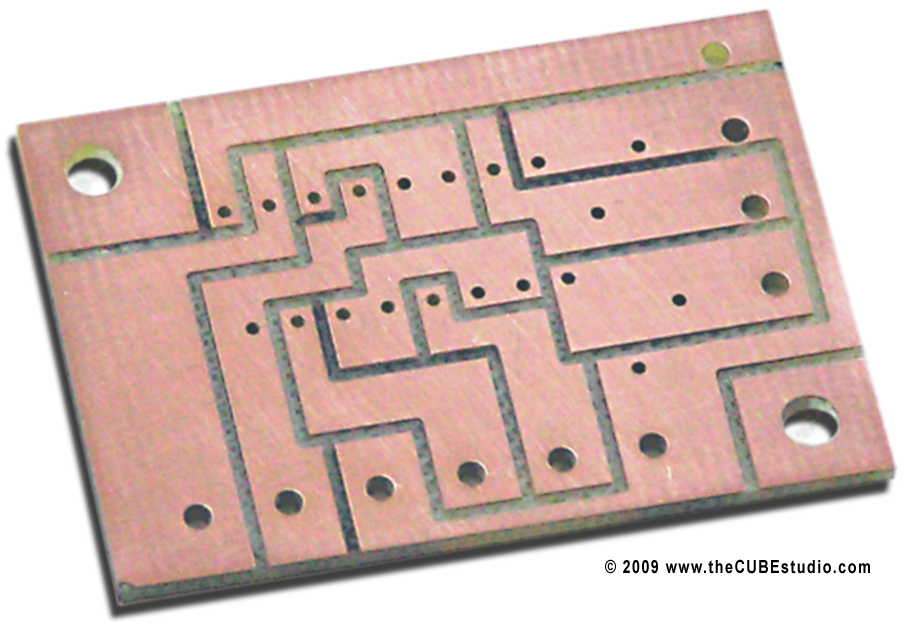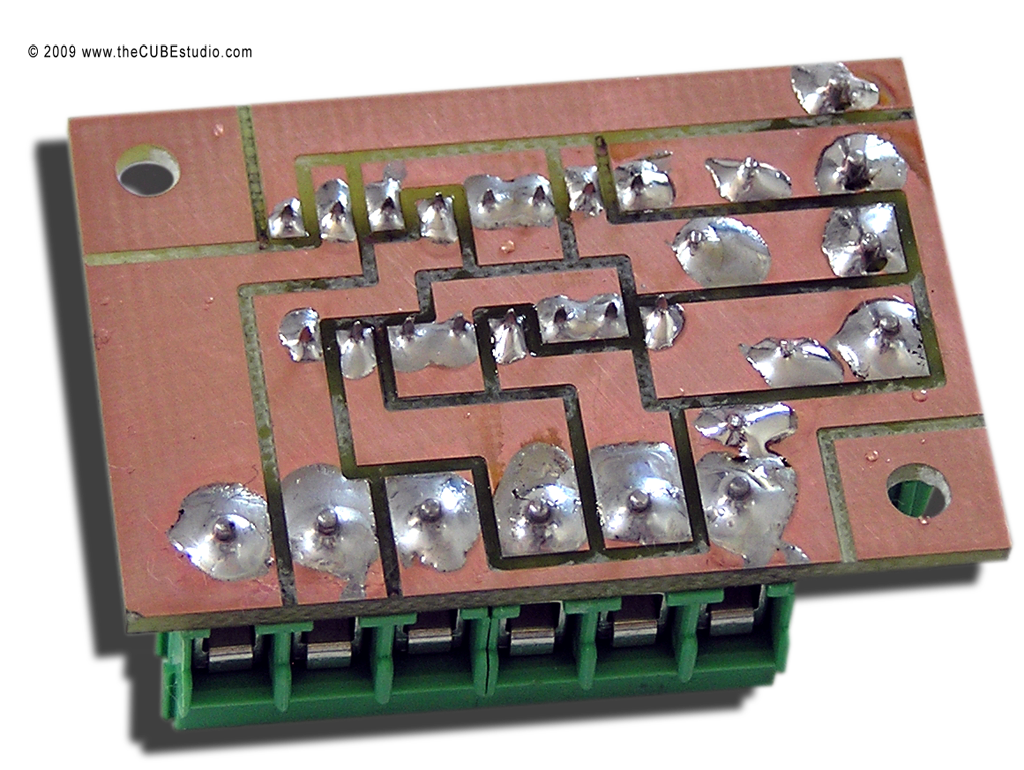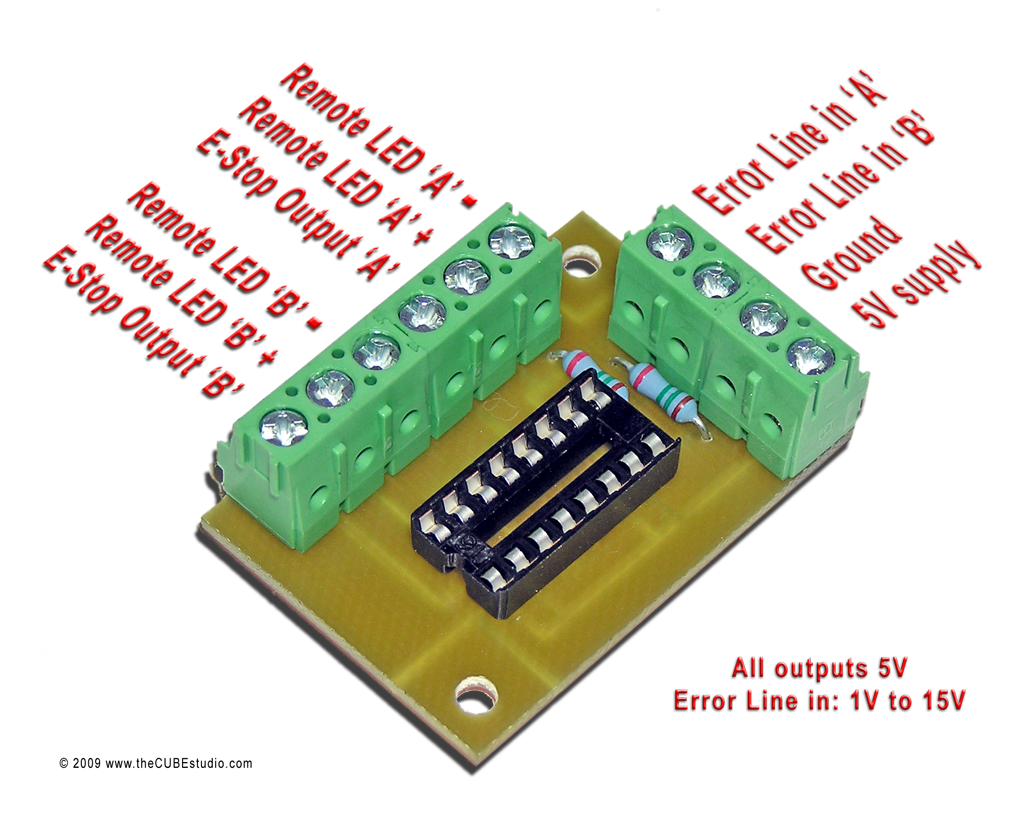961
General Mach Discussion / Re: Circuit for remote LED indicator and reliable e-stop signals - photo & link
« on: September 28, 2009, 10:32:57 AM »
You are completely backwards on this (I am only speaking towards an E-Stop circuit here). Your E-Stop circuit should be able to function independently of Mach and any other control/circuit board. The E-Stop HAS TO function even when the control fail (including Mach and/or PC).
For example: on my STDR-4C drive box the E-Stop kills AC to the power supply and consequently the G540 drive. So the motors stop, there is no power present to move them and the G540 stops thereby signaling Mach that something is wrong (external E-Stop). The E-Stop in Mach is only a signal to let Mach know that an E-Stop occurred Mach is not or should not be depended upon for E-Stop purposes.
I don't know what you mean by 'backward'. Clearly I am talking about servos . . but you respond using a stepper controller for your argument, so you are not addressing the topic, or you do not understand it. Steppers are open loop so there is no equivalence to my comments on the usefulness of the circuit board at issue.
Perhaps you have a narrow definition of e-stop, but you have not provided any more useful info than in your first post, so it is not possible to debate the issue. Blanket statements without any explanation, facts or details is not useful. You are just stating your unsupported opinion as if it was fact. To make a useful conversation, you would need to provide, as a minimum, the following:
1) define what you mean by e-stop.
2) what triggeres your e-stop? If a servo drive faults, what mechanism do you prefer to stop all movement and shut off the spindle?
3) if your DC stops as soon as you kill AC power, it would seem your PS is not designed properly as it should have large capacitors.
4) You state that killing the AC power to the controller is the correct way to stop the stepping action, but you do not explain why a catastophic problem with MACH, like a software crash, which would accomplish exactly the same thing, is unacceptable.
5) presumably you are aware that even if killing the AC would instantly remove power from a DC servo motor, that could actually CAUSE destruction because the servo drives would then have no way to stop the motors and they could easly coast into mechanical stops.
6) in your scenario, what is the purpose of 'informing' MACH of your external e-stop. To what end?


